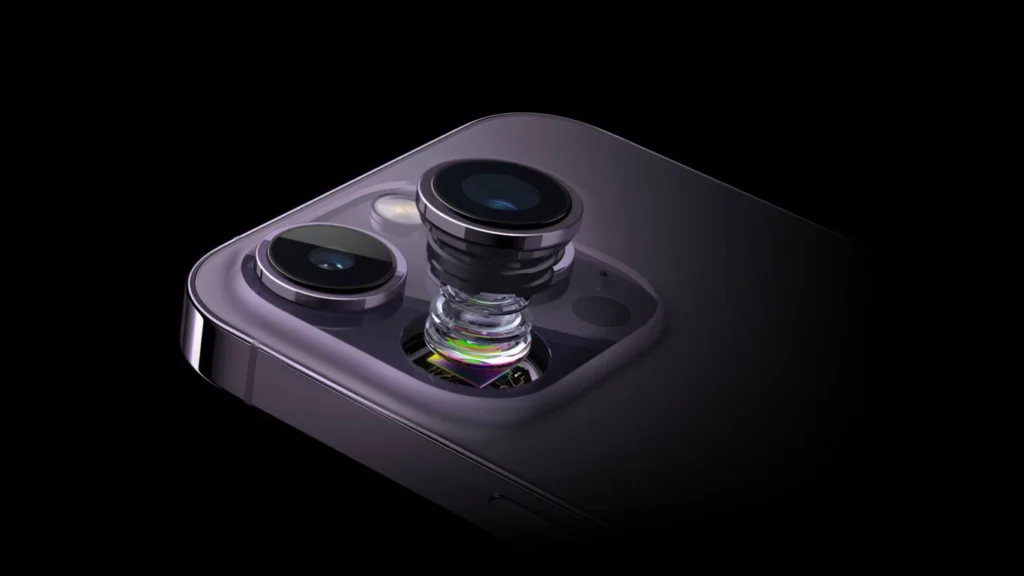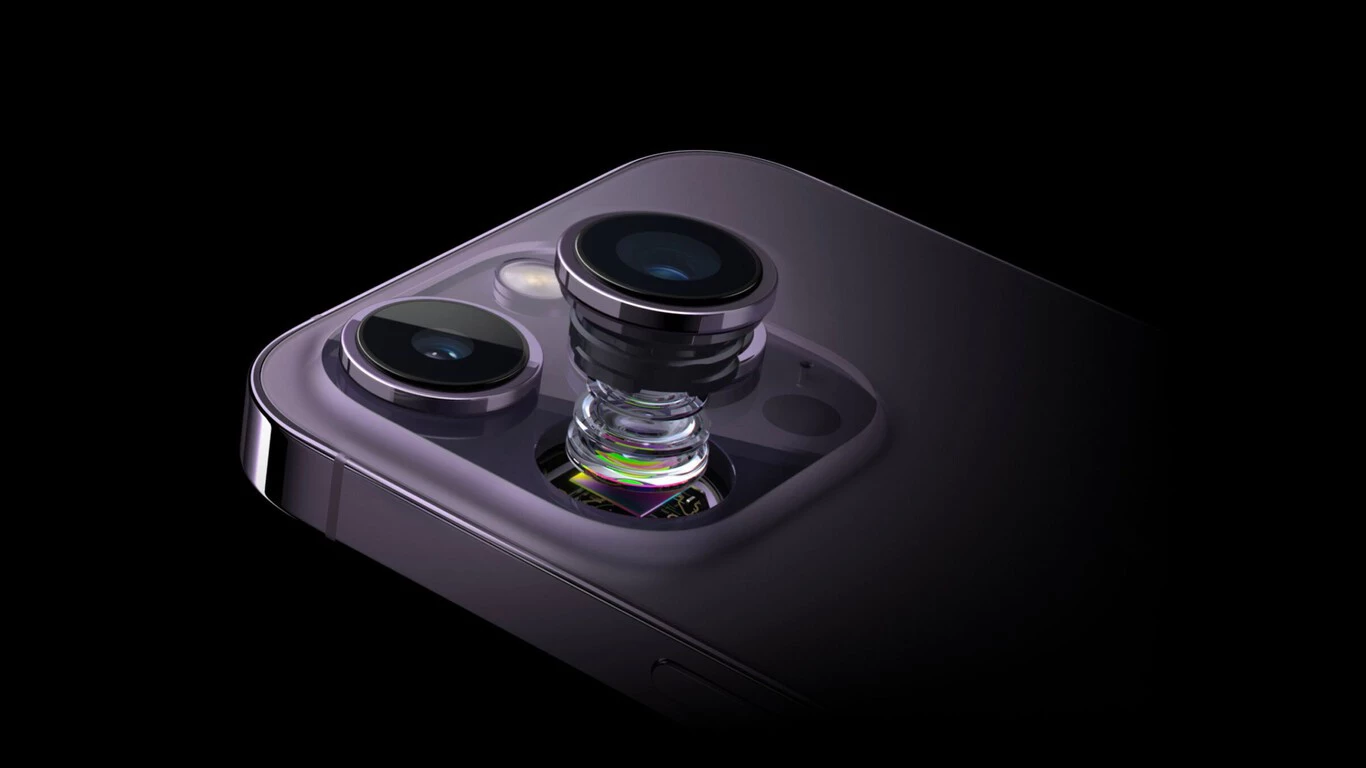
Apple’s best iPhones for taking pictures always do well on our list. Every year, when they announce a new iPhone, Apple says it’s the best one yet. This time, it’s the iPhone 15 Pro’s turn.
That’s usually true, or else they wouldn’t make a new one. But here at AP, we want to know exactly how much better it is. Is the iPhone 15 Pro a big improvement from last year’s iPhone 14 Pro? Should you get the iPhone 15 Pro Max for a bigger screen and zooming in more? Maybe it’s a bigger change if you’re upgrading from a really old iPhone. We’ll figure out the answers to these questions and more as we go through the review.
Quick Overview of iPhone 15 Pro:
- Price: $999/£999 (comes with 128GB storage)
- 48MP wide camera, f/1.78 aperture, equivalent to a 24mm lens
- 12MP ultrawide camera, f/2.2 aperture, equivalent to a 13mm lens
- 12MP 3x telephoto camera, f/2.8 aperture, equivalent to a 77mm lens
- 6.1” Super Retina XDR OLED screen
- Durable Titanium chassis
- Operating System: iOS 17
- Powered by the A17 Pro Chip processo
iPhone 15 Pro Features:
When it comes to the camera, the iPhone 15 Pro represents a subtle upgrade, especially when compared to the already impressive iPhone 14 Pro.
The majority of improvements or modifications are seen in the external design of the phone, and there have been a few minor adjustments to the native camera app—some of these changes are a result of iOS 17 and can also be applied to the iPhone 14 Pro and earlier models.
The device retains a triple-lens setup, much like the iPhone 14 Pro, and the lenses and sensors seem nearly identical. The primary sensor is a 48MP offering a 24mm equivalent and f/1.78 aperture. This is accompanied by a 12MP f/2.2 ultrawide lens and a 12MP f/2.8 3x telephoto lens. While Apple doesn’t disclose sensor sizes, the absence of any mention of changes suggests that the physical hardware remains the same. One minor difference is the introduction of a “nano scale coating” on the lenses, designed to reduce lens flare.

Notable Hardware Changes:
A significant hardware shift is the adoption of Titanium for the body chassis, departing from the Stainless Steel used in the iPhone 14 Pro. This change results in a lighter phone, despite a slight increase in thickness compared to its predecessor. The traditional silencer switch on the iPhone’s side has been replaced by a new “Action” button, configurable to control various functions, including a feature that photographers may find appealing: a long press to launch the native camera app.
The matte glass back is retained, and the front features a 6.1” Super Retina XDR OLED display, maintaining the resolution of 2556 x 1179 pixels at 460ppi and a 120Hz refresh rate, consistent with the iPhone 14 Pro. The “Always on” display remains, and the device retains the same IP68 waterproofing as its predecessor
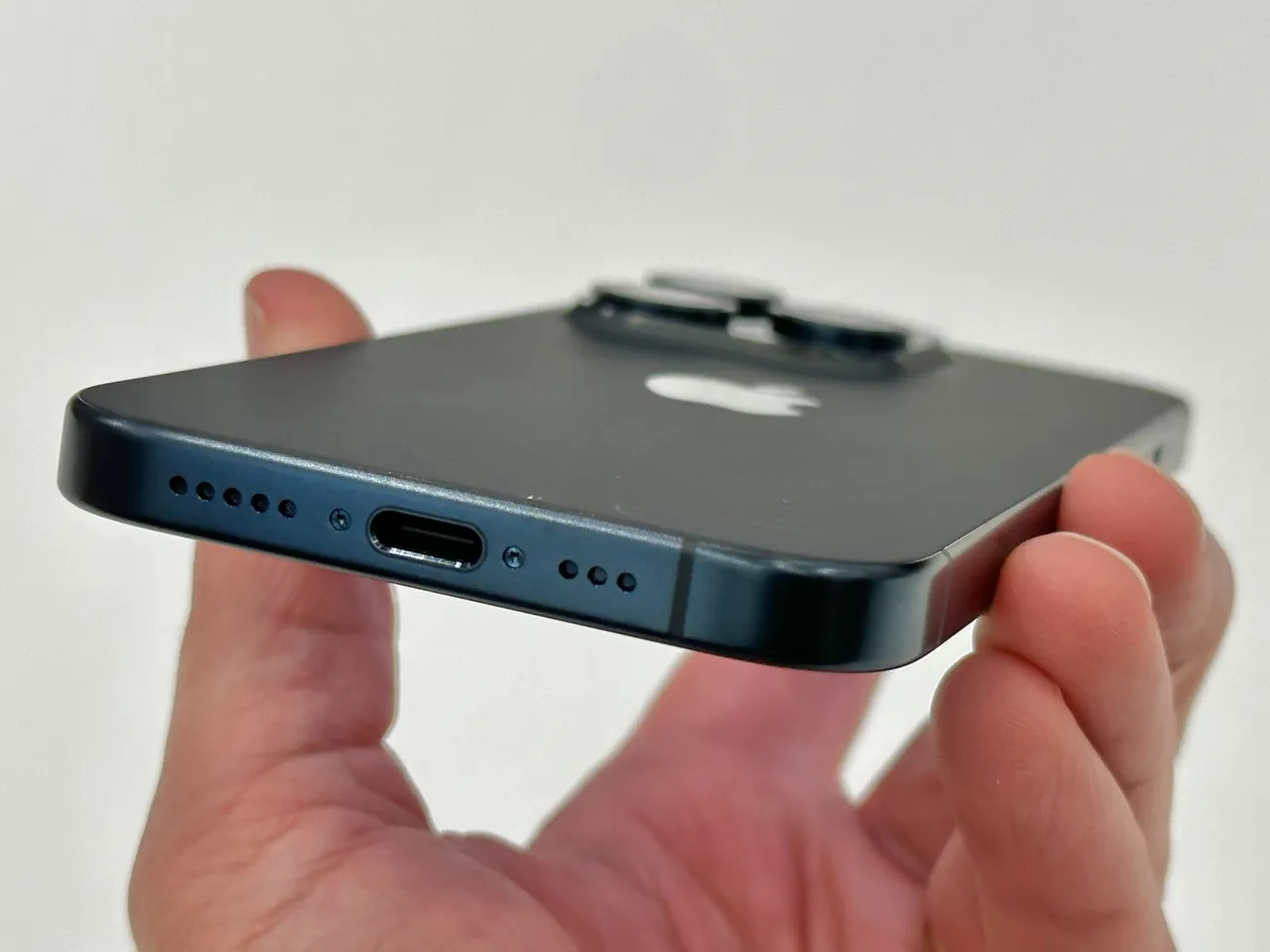
Finally, Apple has embraced the USB-C trend for charging in the iPhone 15 series, bidding farewell to its long-favored Lightning cables. This change allows users to utilize the same cable for various devices, including computers and cameras. The battery life remains consistent between the two models, and features like Fast Charging and Wireless Charging are retained.
Introducing a new processor, the iPhone 15 Pro series now boasts the A17 Pro Chip, a step up from last year’s A16 Bionic Chip. While this upgrade promises faster and smoother overall operation, it may be of particular interest to users who prioritize high-performance processors, such as gamers.
Handling and Design of iPhone 15 Pro:
Continuing a trend from previous years, the iPhone 15 Pro series is offered in two sizes. The iPhone 15 Pro is the smaller variant, featuring a 6.1” screen, in contrast to the 6.7” display of the iPhone 15 Pro Max.
In terms of camera performance and general phone operation, both models are largely identical. However, the Pro Max stands out with a 5x zoom, as opposed to the 3x zoom found in the smaller Pro model. This distinction is worth considering when deciding between the two.
If you prefer a smaller and more pocket-friendly smartphone, which is easier for tasks like texting, then the iPhone 15 Pro might be the one for you. It’s also less expensive than the iPhone 15 Pro Max. The only drawback is that you have a bit less screen space for your photos and videos.
The phone’s design closely resembles the iPhone 14 Pro, with very similar measurements. The iPhone 15 Pro is 146.6 x 70.6 x 8.25mm, while the iPhone 14 Pro is 147.5 x 71.5 x 7.85mm. In simple terms, the iPhone 15 Pro is slightly narrower but a tiny bit thicker. Despite this, it weighs only 187g, compared to its predecessor’s 221g. This weight difference might not be immediately noticeable when switching between the two.
Apple has maintained the flat edges and rounded corner design seen in the past couple of iPhone generations. Whether you like this look or not is a matter of personal preference. It may seem a bit chunkier than some Android phones, but that doesn’t necessarily make it a bad thing. In terms of colors, all the new models have “Titanium” in the name, available in Black, White, Natural, or Blue. The choices might be a bit subdued, and all have a matte finish. Once again, personal taste comes into play – some may prefer the glossy look of many Androids, while others appreciate Apple’s approach.

What’s more crucial is the phone’s reliability, featuring a front with a “Ceramic Shield” that Apple claims is more durable than any other smartphone in the market. This resilient shield, also present in the iPhone 14 Pro, has proven impressive durability, showing no scratches after over a year of continuous use. Expect similar robust performance here. With an IP68 rating, the phone is water-resistant up to 6 meters for 30 minutes. The chassis is constructed from Titanium, a departure from Stainless Steel.
iPhone 15 Pro Camera App:
The native camera app on the iPhone 15 Pro hasn’t undergone significant changes from its predecessor. It remains a simple and straightforward setup, lacking a more advanced or extensive “Pro” mode. However, if desired, such features can be added through various third-party apps.
By default, the app opens in “Photo” mode, where most of your shooting will likely take place. This mode also provides direct access to other shooting options and modes.
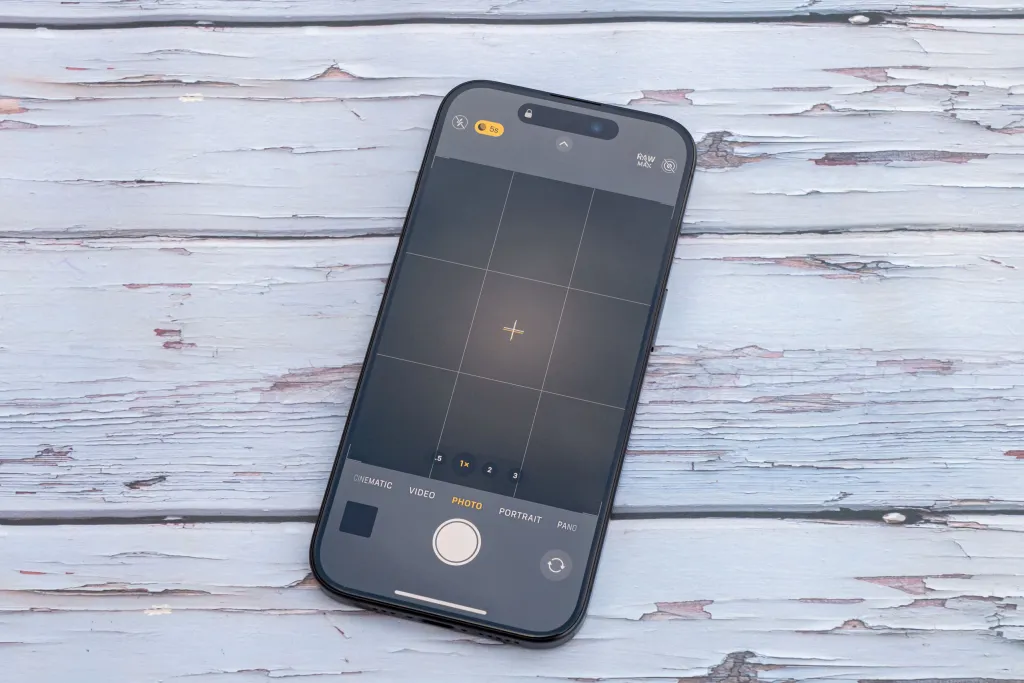
At the bottom, you’ll find options to switch between the four different “lenses” – 0.5x, 1x, 2x, and 5x. The selected one is indicated by displaying as 0.5x, 1x, etc. A new feature allows you to tap the 1x lens repeatedly to toggle between 24mm (1x), 28mm (1.2x), and 35mm (1.5x). If you have a preferred focal length, you can set 24/28/35mm as the default start option in the main menu for consistent use.
The default output resolution has been set to 24MP when using the main lens, staying at 24MP for 2x, and reducing to 12MP for the ultrawide and telephoto lenses since they have 12MP sensors. You also have the option to shoot in raw, with the choice to record at either the maximum resolution of 48MP or at 12MP. A new inclusion is full resolution JPEG. All these options need to be enabled from the main menu, but once activated, they will be available directly from the main camera app window.
When you approach a subject closely, the macro feature activates, utilizing the ultrawide lens. Keep in mind that this switch may result in a lower resolution. While it enables capturing subjects at an extremely close range, there may be instances where you prefer not to use it. In such cases, a simple tap on the icon will deactivate the macro mode.
Additional functions are tucked away until you tap a small arrow at the top of the screen. This action unveils options like flash, aspect ratio, exposure compensation, timer, picture styles, and more. While these features aren’t new for the iPhone 15 Pro series, they provide flexibility for making adjustments as needed
A new feature introduced in the iPhone 15 series is the automatic portrait mode. When the phone recognizes a portrait subject – whether it’s a person or a pet – you’ll see a small “f” (indicating aperture) appear at the bottom of the screen. This allows you to take a picture as usual, and it automatically adds a portrait effect. If you’re not a fan of the effect, you can turn it off at the moment of capture or remove it later. This feature is particularly handy for capturing quick shots of people and pets, especially those likely to move quickly. The “f” will appear when using the 1x, 2x, or 3x lens option, but not the ultrawide.
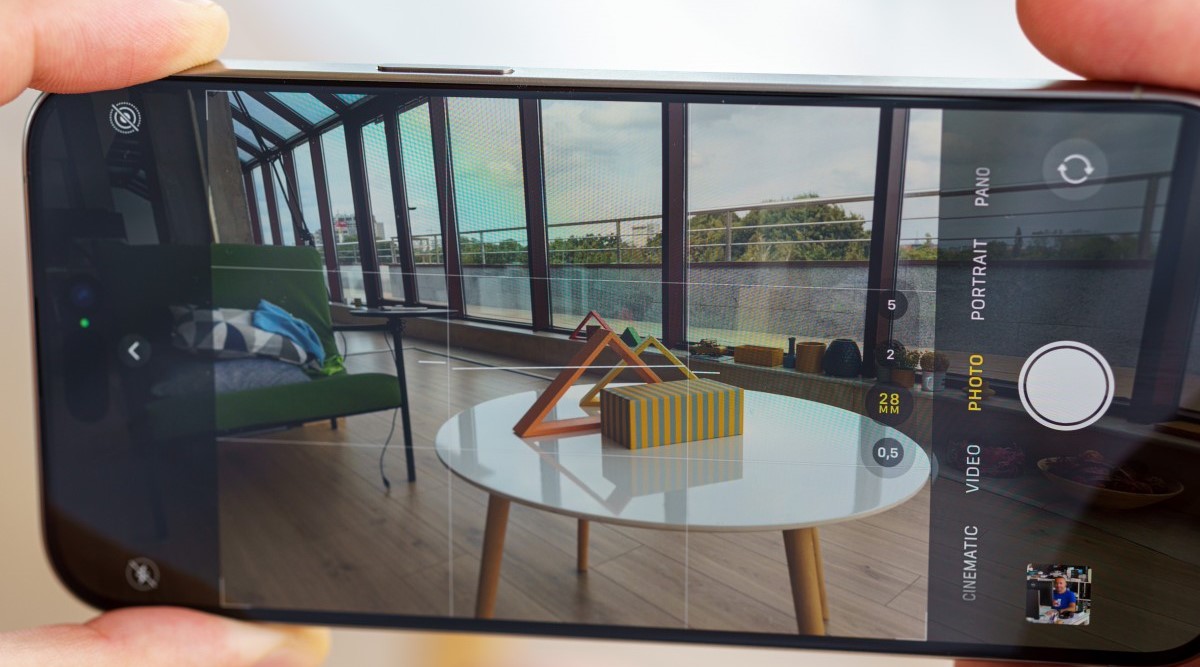
On the flip side, you can still opt for the dedicated Portrait mode. Choosing this mode provides additional options at the moment of capture, including various “lighting” modes. These settings can also be adjusted after the fact if you prefer. A cool new feature introduced in iOS 17 (available for older iPhone models as well) is the ability to change the focus point after capturing the photo. Tapping “Edit” during playback allows you to shift the focus point anywhere on the screen, which is handy if it’s not quite right or focused on the “wrong” person or animal. You can also adjust the strength of the blur.
Similar to before, you can quickly capture video clips by holding down the shutter button. However, there’s also a dedicated video mode that provides more control over factors like frame rate and resolution. Features like ProRes and Action mode are accessible from the video mode. Cinematic video enables recording shallow depth-of-field videos, while options such as Time-Lapse and Slo-Mo remain available.
the Value for Money proposition of iPhone 15 Pro
Before the release of the iPhone 15 Pro, speculations hinted at a potential increase in the iPhone 15 Pro series’ price.
As we are aware, iPhones come with a significant price tag. However, surprisingly, the final base price of the iPhone 15 Pro ended up being lower than that of the previous year’s model.
If you’re happy to only have 128GB of memory – which is probably more than enough if you’ve signed up to cloud services – then it’ll set you back $999/£999. That puts it competitively priced against the likes of the similarly sized Samsung S23, but more expensive than something like the Pixel 7 Pro, which has a similar camera setup, but a much larger screen.
The price increases if you want/need more memory – going up to $1,499 / £1,499 for the 1TB version. I’d question how many people need that level of memory, but it’s good to have the option there for those that need it.
As soon as a new pro iPhone is launched, Apple immediately discontinues the old ones from its website. While you can still buy the iPhone 14 Pro from other retailers, for the time being it’s actually more expensive than the newer model – so there’s very little sense in buying one of those.
iPhone 15 Pro Verdict
So, is the iPhone 15 Pro the best iPhone Apple has ever made?
From a photographic standpoint, yes, it is. But that’s expected, as each new model is designed to be an improvement. If it wasn’t better, there wouldn’t be a need for its existence.
However, it’s fair to acknowledge that if you already own an iPhone 14 Pro, the enhancements are relatively modest. In some cases, they may not be significant enough to justify investing in a brand new and expensive phone (though that decision is subjective).
Image quality is generally on par with the iPhone 14 Pro. While this means it’s very good, even excellent, if you’re expecting a massive leap in quality by upgrading to the iPhone 15 Pro, you’re unlikely to observe such a drastic change.
Most of the improvements focus on usability, such as the automatic portrait mode, additional 1x lens options, and hardware changes like the new Action button and the inclusion of a USB-C port for charging. Whether these upgrades are worth investing in a new phone depends on personal preferences and budgets. It’s worth noting that if you own an iPhone 14 Pro, you may be able to trade it in for about half the cost of the new model.
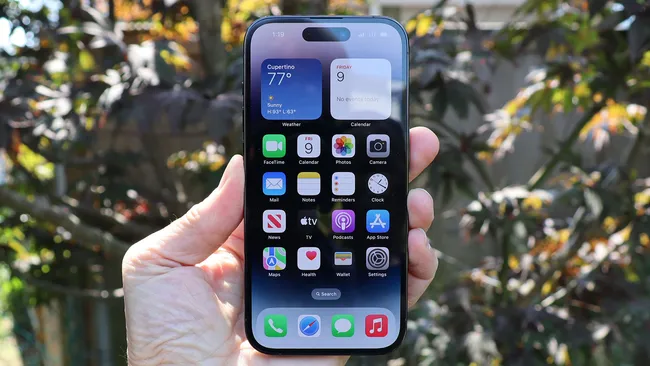
Image credits :Future
For those with older iPhones, like an iPhone 12 Pro or even an iPhone 13 Pro, the differences in image quality are more noticeable and arguably more worthwhile for an upgrade.
By introducing a slightly different configuration between the iPhone 15 Pro and the iPhone 15 Pro Max, Apple has posed a dilemma for photographers. Should they opt for the smaller device and be content with a 3x zoom, or should they invest a little more for a 5x zoom (and other advantages like a larger screen)? The answer depends on the individual photographer’s preferences – some may prefer the practicality of a 3x zoom, while others may desire that extra reach. Personally, I find the smaller screen and the sensible zoom to be a well-balanced choice, but this is subjective and varies among users.
How does the iPhone 15 Pro series fare against Android models? While neither the iPhone 15 Pro nor the iPhone 15 Pro Max has managed to dethrone the Samsung S23 Ultra as the best smartphone for photographers, they compare favorably with other flagship models and those in a similar price range.
As anticipated even before the specifications were confirmed, Apple has delivered another outstanding device. It is likely to secure a spot on our list of the best smartphones for photographers, possibly even in the top 3. Is it a necessity? Probably not, but when has that ever deterred anyone from picking up a new device?

